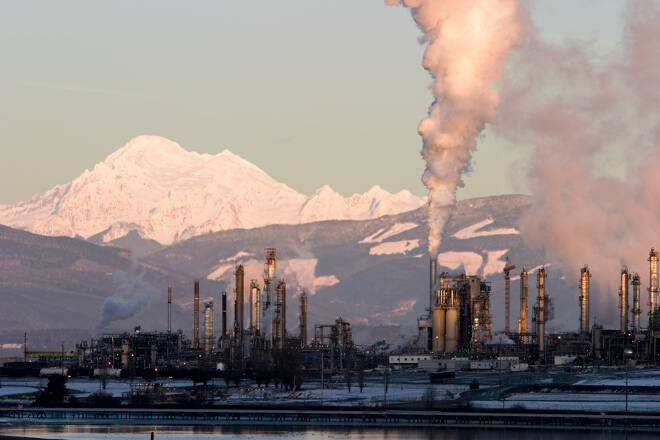Advertisement
Advertisement
Global Gas Market Lives Its Own Olympic Year
By:
This summer, the gas market is going through a period, which is very similar to that of the Olympic Games. Just as athletes from around the world gathered in Tokyo to enhance their sports performance and set new records, many gas market indicators reached new highs or, on the contrary, plummeted to new lows within the last few months alone.
The Summer of 2021 has already largely overshadowed the whole of 2020, a truly exceptional year for the energy sector.
Take, for instance, the European part of the global gas market that is so much talked about. Europe’s main issue, which is low gas storage levels, has not only retained its relevance but has even become more acute since early April. As of 30 July 2021, NWE facilities were just 52.5pc full for the first time since at least 2011, with the current backwardation being a serious impediment to significantly speeding up injections into the regional UGSs.
In that context, LNG should have come to the rescue, but it was not to be. Amid a severe heatwave that gripped parts of Asia and Middle East, buyers from Japan, South Korea, as well as many other regional importers, has attracted a great number of spot cargoes this summer. As a result, European LNG send-out dropped by about 40pc between 1 April and 30 July, while the volumes re-exported last month from the region’s ports in an eastward direction rose to a six-year high, surpassing the level of early 2021. Asia´s total LNG imports in July nearly touched 24.5 Mt, a 10pc increase as compared to June, with deliveries from outside the region matching the record set in January 2021.
US gas market has also not been immune to rapidly evolving developments. Between April and July, the average monthly loadings from the country´s LNG plants exceeded 6 Mt, a figure comparable to the levels recorded in the first quarter that historically sees the highest exports during the year. On top of that, domestic gas consumption, supported by hotter temperatures, in recent months was generally above the average for the same period from 2013 to 2020, which together with strong export demand resulted in US storages falling below historical norms.
This paved the way for gas price rally across the regions, thus making it one of the most widely discussed issues among other commodities. And it seems like the gas market should remain an important newsmaker in the energy area much longer than the Tokyo Olympics will be the primary focus for sports media 🙂
The opinions expressed in this blog are mine only and do not reflect the views of my employer
About the Author
Yakov Grabarcontributor
Yakov has been dealing with the analysis of global energy market, especially the developments in Europe, during last six years. Before joining Gazprom Export, the export arm of Gazprom, he managed the ‘World Oil Review’ weekly report in Moscow office of Argus Media. As the energy market analyst at Gazprom Export, Yakov coordinates the analytical work at the department responsible for developing shorter-term natural gas supplies to Europe via its Electronic Sales Platform.
Advertisement
